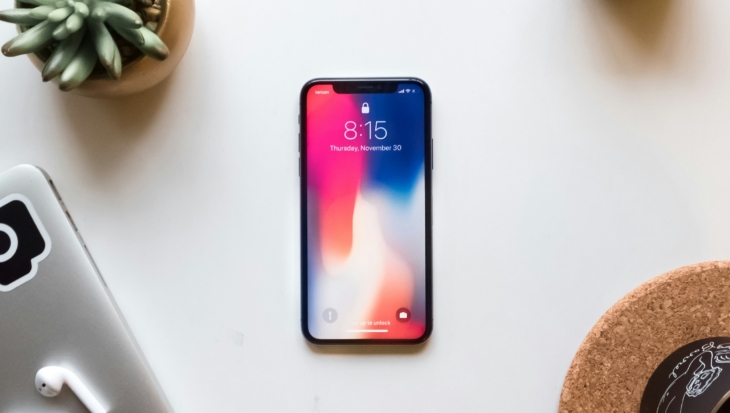How charities can get ahead of fake news
Join digital doctor Janette Ballard in building your charity’s defence against fake news and learn how pre-bunking can outsmart misinformation before it spreads.
Posted 5 February 2025

Unlock tips and tricks for charities on TikTok looking to create creating inclusive, accessible content that reaches and resonates with multiple audiences.
TikTok offers charities a fantastic space to spread awareness, share impactful stories, and connect with new audiences. However, it’s essential that charities on TikTok ensure that the content they create is accessible to everyone.
Creating accessible content on TikTok not only helps your charity reach a wider audience, but it also embeds inclusion across your digital channels, ensuring that everyone can enjoy and engage with your videos. Here are some easy ways to make sure that your TikTok is accessible.
For TikTok users who are Deaf or hard of hearing, captions are crucial to enjoying your content. They also help viewers who might be in noisy environments or are watching without sound.
TikTok offers an automatic captioning feature, which makes content a lot quicker to create if you’re limited on time. However, it is good practice to review and edit the captions for accuracy. Here’s how:
Using descriptive language in your captions can support individuals with visual impairments who rely on screen readers to consume TikTok content. Audio descriptions are another great way to support your viewers who are visually impaired.
We recommend writing hashtags in CamelCase, which is capitalising the beginning of each new word (e.g., #AccessibilityMatters or #MakeADifference). This helps screen readers interpret them correctly.
TikTok’s photosensitive epilepsy toggle is a vital accessibility feature. While flashing lights can enhance videos, they might trigger seizures in those with photosensitive epilepsy, so use them cautiously.
If you’ve spent the time on creating a great video, editing the captions, making sure they’re timed correctly, I’m sure you want them to be read! It’s important to optimise our captions, so that they’re readable to everyone.
We always recommend experimenting with these tips to find out how you can authentically and realistically incorporate them into your everyday content. You can show the content to people you know who use accessibility features to ensure your content works for them.
TikTok also has a lot of other features that can make the app a more accessible place. Some of these include:
I’m sure we’ve all seen content that uses these for humour, but it is helpful to visually impaired users as they can listen to the text instead. It can also be helpful to anyone with speech disorders who still want to include a voiceover.
If you find animated thumbnails distracting or overwhelming, you can turn them off in the Accessibility features, found in Settings and Privacy.
If you want to remove distractions when watching a TikTok, you can long press on your screen until a menu appears, then select clear display. This removes the additional overlays.
Users can use the keyword filters to avoid content with triggering topics in them, and you can do the same for your comments section. This guide has more information about both features.
TikTok does have an auto-volume adjustment feature, which adjusts your volume to safe levels when entering the app, but you can also adjust the volume of different sounds when editing your video. Use this to ensure that if you have voiceover and background music, that the music isn’t too loud or distracting.
Creating accessible content ensures everyone can engage with your organisation’s work, so it’s worth building in these tips into your plan from the start. By using features like captions or audio descriptions, you make your content and your work more welcoming for all.
Let’s all keep adapting together to make TikTok a platform where everyone feels respected and included.
Join digital doctor Janette Ballard in building your charity’s defence against fake news and learn how pre-bunking can outsmart misinformation before it spreads.
Posted 5 February 2025

Digital comms consultant Madeleine Sugden explores how recent changes are pushing the sector to review its use of X and drive a move to Bluesky.
Posted 16 January 2025

Social media isn’t just for Gen-Z – here’s how to better connect your charity with older audiences Social media is an essential tool for charities looking to broaden their reach and engage with new and...
Posted 16 January 2025
